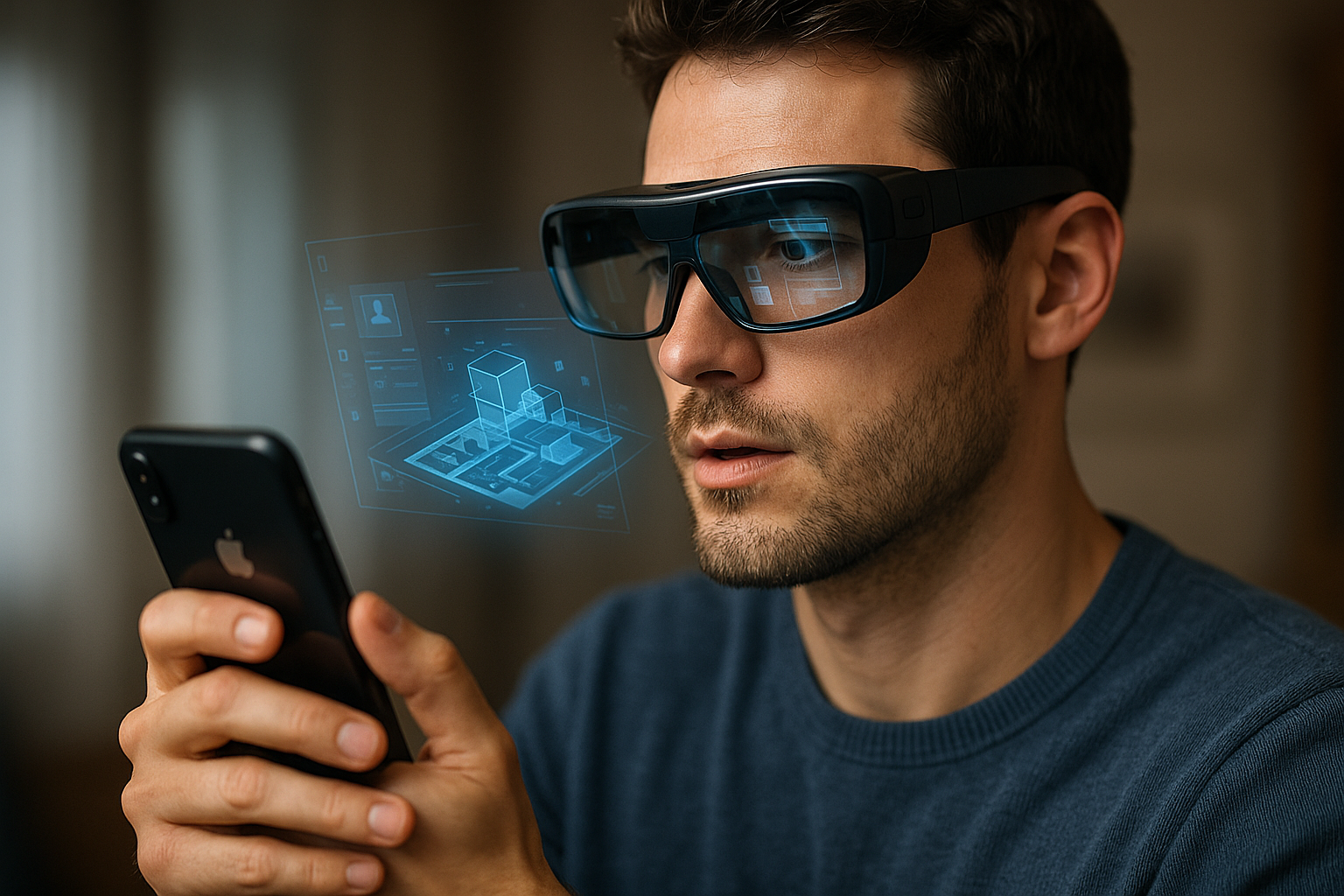Exploring the Rise of Wearable Technology
Wearable technology has rapidly transformed from a niche gadget market into a mainstream industry that impacts how people monitor their health, communicate, and interact with the world around them. By 2025, wearables are no longer just fitness trackers or simple smartwatches; they have evolved into sophisticated devices integrated with artificial intelligence, advanced sensors, and seamless connectivity. This article explores the rise of wearable technology, its driving forces, key applications, and future trends shaping the industry.

The Evolution of Wearable Technology
The journey of wearable technology began decades ago with rudimentary devices like digital watches and hearing aids. However, the real breakthrough came in the early 2010s with the proliferation of fitness trackers and smartwatches. These devices initially focused on personal health monitoring and notifications but have since expanded far beyond these functions.
By 2025, wearable technology has become a versatile ecosystem. Modern wearables include smart glasses, augmented reality (AR) headsets, smart rings, and even clothing embedded with sensors. The integration of AI enables these devices to provide personalized insights, predictive health analytics, and contextual information based on user behavior and environment.
Several technological advancements have fueled this evolution:
- Miniaturization of Components: Smaller, more powerful processors and sensors have allowed wearables to become less intrusive while offering more capabilities.
- Improved Battery Life: Innovations in battery technology and energy-efficient components have extended the usability of wearables, making them more practical for continuous use.
- Enhanced Connectivity: The widespread adoption of 5G and edge computing ensures that wearables can communicate quickly and reliably with other devices and cloud services.
- Advanced Materials: Flexible and durable materials have enabled the creation of wearable devices that are comfortable, stylish, and suitable for various activities.
Key Drivers Behind the Popularity of Wearables
Several factors contribute to the booming popularity of wearable technology in 2025:
Health and Wellness Awareness
One of the most significant drivers is the global increase in health consciousness. With chronic diseases on the rise and healthcare costs soaring, people are turning to wearables to actively manage their health. Devices can monitor vital signs such as heart rate, blood oxygen levels, sleep quality, and stress indicators in real-time. Some wearables even offer electrocardiogram (ECG) capabilities and can detect irregular heartbeats or early signs of illness, prompting users to seek medical advice proactively.
Health professionals and researchers also benefit from wearables, as they provide continuous, real-world data that can improve diagnoses, treatment plans, and clinical trials.
Convenience and Connectivity
Wearables provide a hands-free, always-on way to stay connected. Smartwatches and smart glasses allow users to receive calls, messages, and notifications without reaching for their phones. This convenience is particularly valuable for professionals who need to multitask or remain agile, such as athletes, healthcare workers, and field technicians.
Moreover, wearables serve as gateways to the broader Internet of Things (IoT) ecosystem. They can control smart home devices, track location, and even facilitate contactless payments, making daily life smoother and more integrated.
Personalization and AI Integration
Artificial intelligence plays a crucial role in the appeal of modern wearables. AI algorithms analyze user data to provide personalized recommendations, whether it’s suggesting workout routines, nutritional advice, or stress management techniques. This level of customization enhances user engagement and satisfaction.
Additionally, machine learning models improve over time by learning from the user’s habits and preferences, making the wearable smarter and more intuitive.
Applications Beyond Fitness and Communication
While fitness tracking and communication remain core functions, wearable technology’s applications have diversified significantly by 2025.
Medical and Healthcare Applications
Wearables are revolutionizing healthcare delivery by enabling remote patient monitoring and telemedicine. Devices can relay critical health data to doctors in real-time, allowing for timely interventions and reducing hospital visits. This capability is especially important for managing chronic conditions such as diabetes, hypertension, and respiratory diseases.
Emerging wearables also monitor medication adherence and detect falls or other emergencies, providing safety nets for elderly or vulnerable populations.
Augmented Reality and Virtual Reality
AR and VR wearables are transforming fields such as education, gaming, and professional training. Smart glasses and headsets overlay digital information onto the physical world, enhancing learning experiences and enabling remote collaboration.
In industrial settings, AR wearables assist workers by displaying instructions hands-free or identifying hazards, improving efficiency and safety.
Fashion and Lifestyle
Wearable technology has entered the fashion domain, with smart jewelry, clothing, and accessories that combine aesthetics with functionality. These devices can change colors, monitor mood through physiological signals, or even interact with other smart devices to create personalized experiences.
This convergence of technology and fashion broadens the appeal of wearables beyond tech enthusiasts to mainstream consumers.
Future Trends and Challenges
Looking ahead, several trends will shape the future of wearable technology:
- Seamless Integration: Wearables will become more embedded in everyday items, such as contact lenses or implantable devices, enabling continuous monitoring without user intervention.
- Sustainability: Eco-friendly materials and recycling programs will address environmental concerns associated with wearable production and disposal.
- Enhanced Security and Privacy: As wearables collect sensitive data, ensuring robust cybersecurity and user privacy will be paramount.
- Expanded AI Capabilities: More advanced AI will enable predictive analytics and deeper insights, potentially transforming preventive healthcare and personal productivity.
However, challenges remain. Battery limitations, data accuracy, and user acceptance are ongoing issues that developers must address to maintain growth and trust in the market.
Conclusion
The rise of wearable technology by 2025 marks a significant shift in how humans interact with technology and manage their lives. Driven by advances in AI, connectivity, and materials science, wearables have evolved into indispensable tools for health, communication, and lifestyle enhancement. As the industry continues to innovate, wearables promise to become even more integrated, intelligent, and impactful, offering exciting possibilities for individuals and society at large.
Disclaimer: All content, including text, graphics, images and information, contained on or available through this web site is for general information purposes only. The information and materials contained in these pages and the terms, conditions and descriptions that appear, are subject to change without notice.




